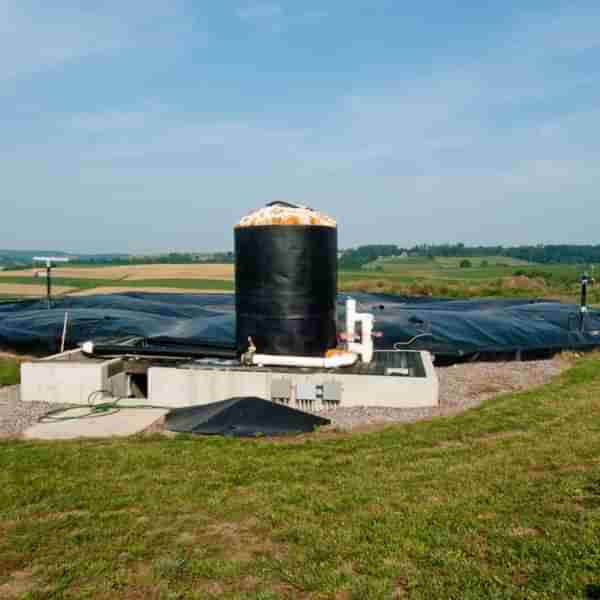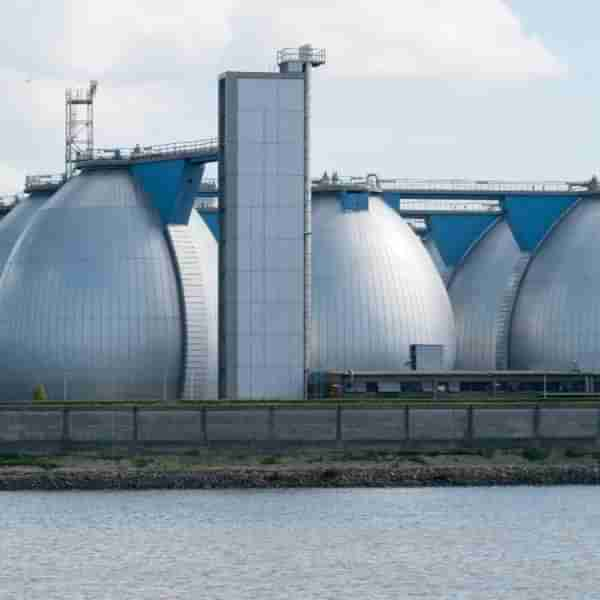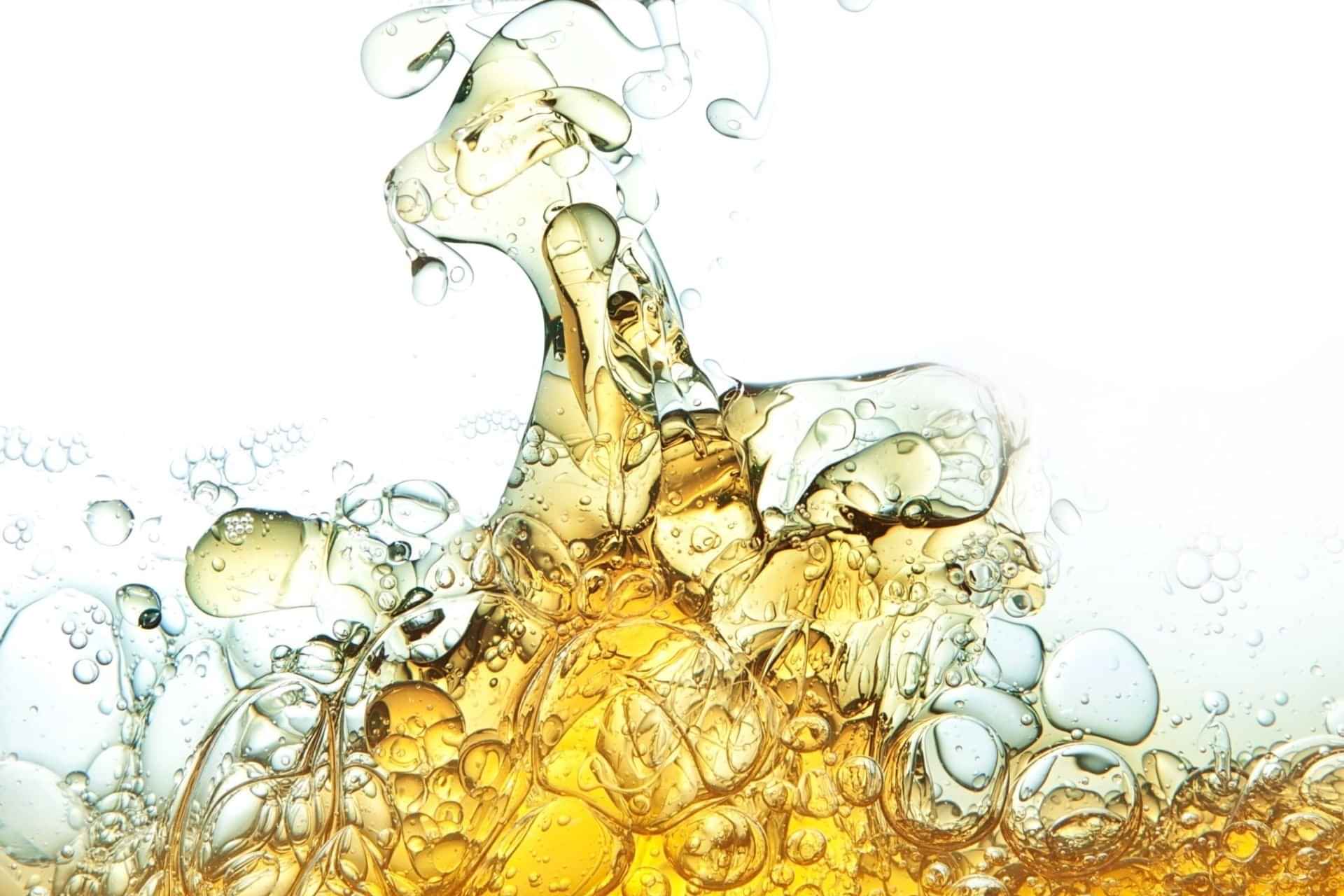Wastewater Treatment: Anaerobic vs. Aerobic Processes
Ensuring public health requires effective wastewater treatment, with biological treatment being a key component among the primary treatment methods. Within biological treatment, two main approaches emerge: aerobic and anaerobic wastewater treatment. While anaerobic treatment occurs without oxygen, aerobic treatment relies on oxygen for its processes.
Anaerobic Wastewater Treatment: Operating Without Oxygen
In anaerobic wastewater treatment, microorganisms break down organic material in the absence of oxygen. Anaerobic digestion, a common method in this treatment, involves bacteria decomposing organic substances to produce biogas and nutrient-rich sludge. Anaerobic digesters, which facilitate this process, come in various configurations such as complete mix, plug flow, and expanded granular sludge bed reactors.
Aerobic Wastewater Treatment: Oxygen-Dependent Processes

Conversely, aerobic wastewater treatment involves aerobic organisms that need oxygen for decomposition. Tanks in aerobic systems are continuously oxygenated to create optimal conditions for aerobic organisms to thrive. Aerobic treatment methods can be categorized into attached culture systems, where wastewater flows over microbial surfaces, and suspended culture systems, where biomass and wastewater mix.
Introducing Oxygen: Aeration Techniques
Aerobic treatment methods utilize devices like surface aerators or diffusers to introduce oxygen into the water. Surface aerators churn wastewater mechanically, while diffusers release air bubbles from the tank bottom to enhance oxygen transport. These methods support oxygen-dependent bacteria and microorganisms in effectively decomposing organic material. Our latest innovation, Nanoporex – nanobubble generation, reduces energy consumption and enhances oxygen availability for bacteria in the aerobic process.

Harnessing Biogas: Advantages of Anaerobic Treatment
In anaerobic wastewater treatment, bacteria decompose organic material without oxygen, producing biogas, which includes carbon dioxide and methane. This process offers benefits such as sustainable energy generation from biogas. The anaerobic treatment process involves stages like hydrolysis, acidogenesis, acetogenesis, and methanogenesis, all controlled by anaerobic microorganisms. Our RUSONIC systems break down long-chain organics, improving biodigestion and increasing biogas production.
Diverse Devices, Shared Goals: Anaerobic Treatment Methods

Various anaerobic treatment devices like lagoons, sludge blanket reactors, and anaerobic filter reactors employ unique mechanisms for organic material degradation. Anaerobic treatment is favored for its cost-effectiveness, and potential soil enhancement through sludge, and biogas generation. Efficient methane release is crucial to mitigate environmental impact, often achieved through flaring. Anaerobic treatment can also be used for treating COD, depending on the specific strains developed for the purpose.
Balancing Efficiency and Sustainability
Understanding the processes and differences between aerobic and anaerobic treatment methods is essential for implementing effective and sustainable wastewater treatment strategies. By leveraging the strengths of each method, wastewater treatment facilities can enhance efficiency, reduce costs, and promote environmental stewardship for a healthier future.
For tailored solutions to your wastewater treatment challenges, discuss with us, and benefit from our knowledgeable insights.
Contact
Industry


